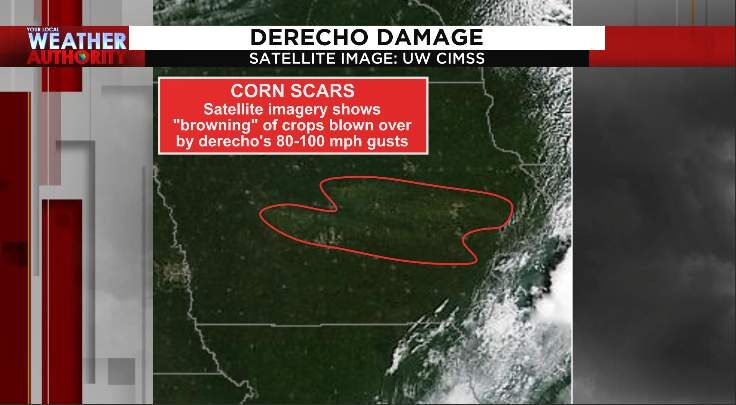
The storm leveled fields of corn, damaged agricultural buildings and had wind gusts of 80-100 mph in some places
Last Monday, a derecho (widespread windstorm) sped through parts of the upper Midwest. We first wrote about this last Tuesday, after wind gusts in parts of Iowa reached and exceeded 100 miles-per-hour. A week later, 75,000 Iowans are still without power.
The image at the top of the article shows brown scars, meaning that the blown-over crops are dying and are not coming back up. This is a devastating blow, partially because Iowa has led the U.S. in corn production for more than two decades in a row. For so many in the Midwest, this is their livelihood and with fall harvest not that far away.
Millions of acres of corn and soybeans were impacted by the storm, according to the Iowa Soybean Association. The damage is still being assessed, so it's not known exactly how much of the crop is destroyed.
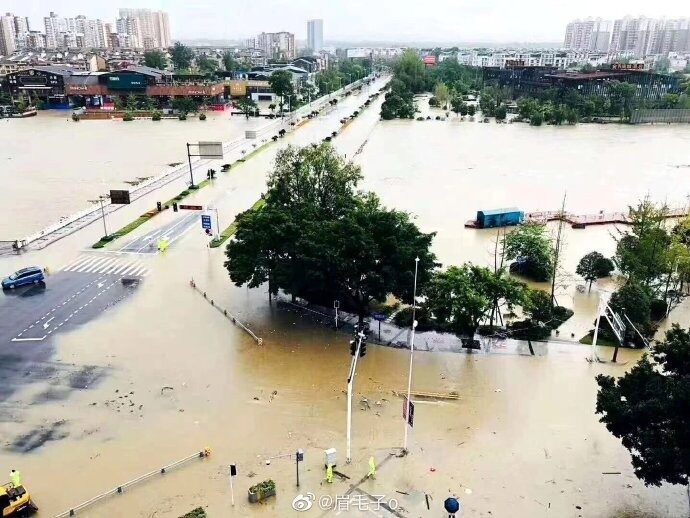

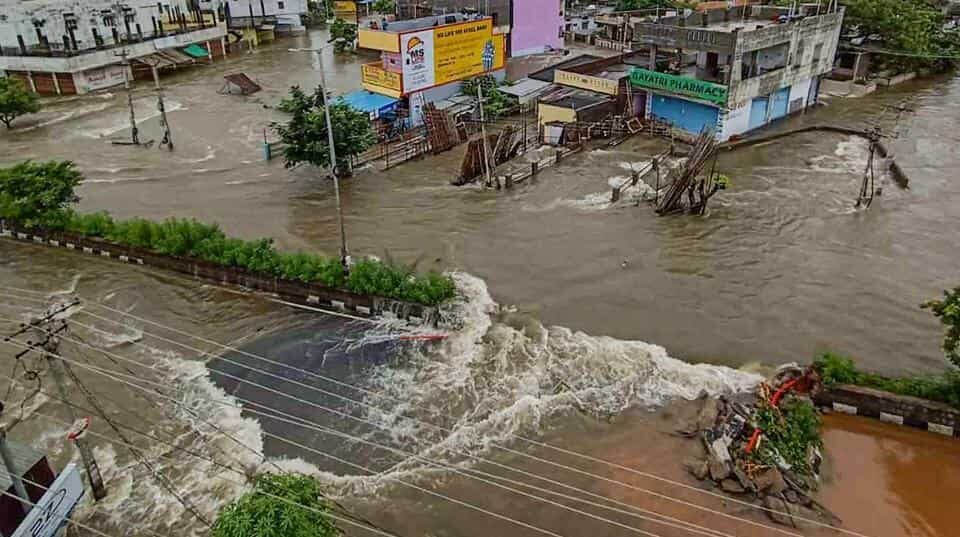
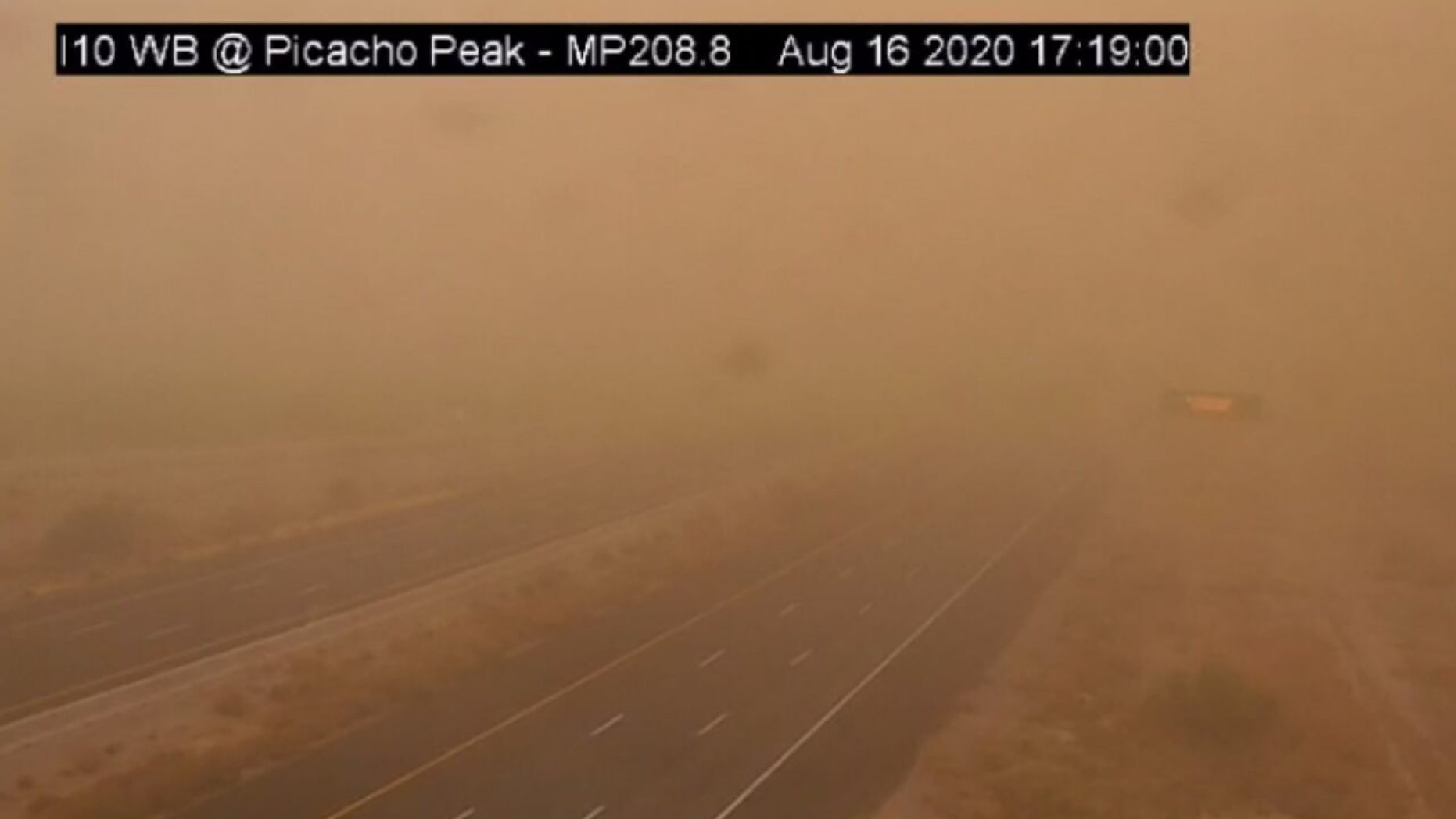
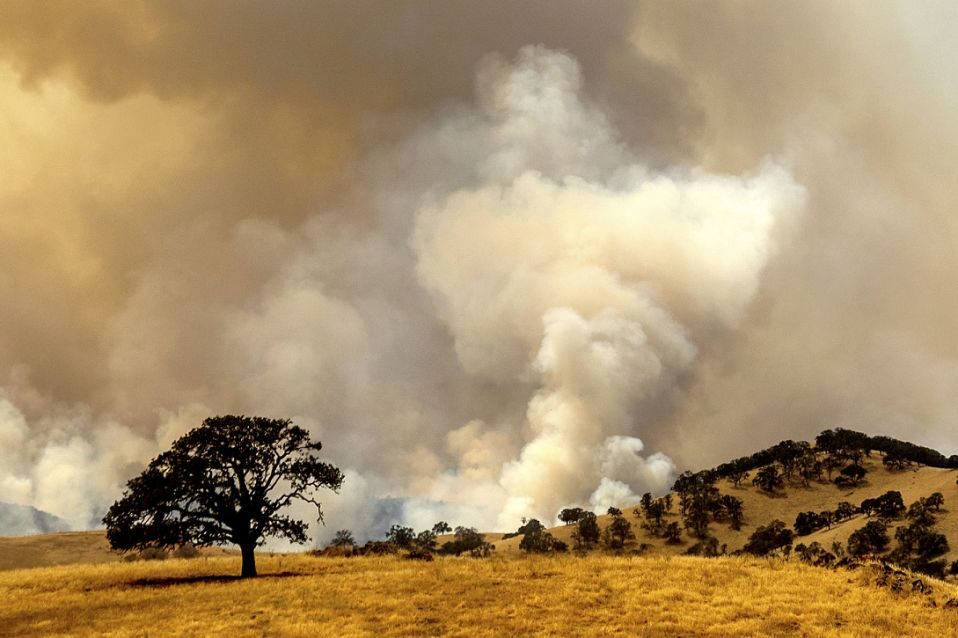
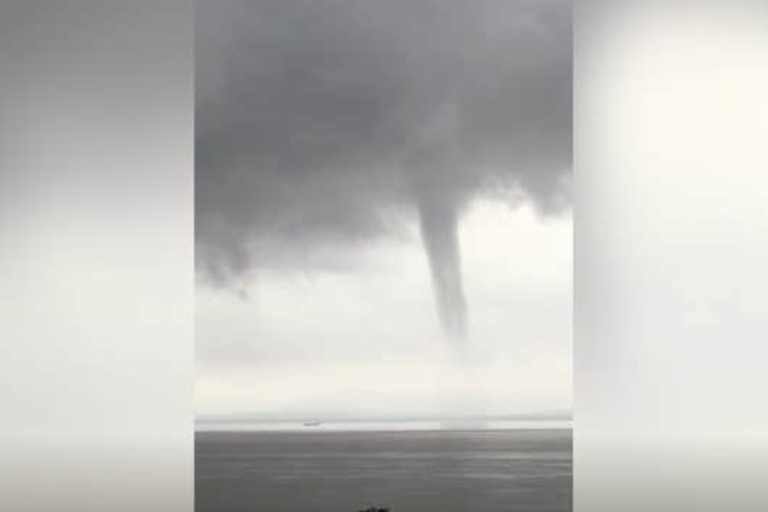
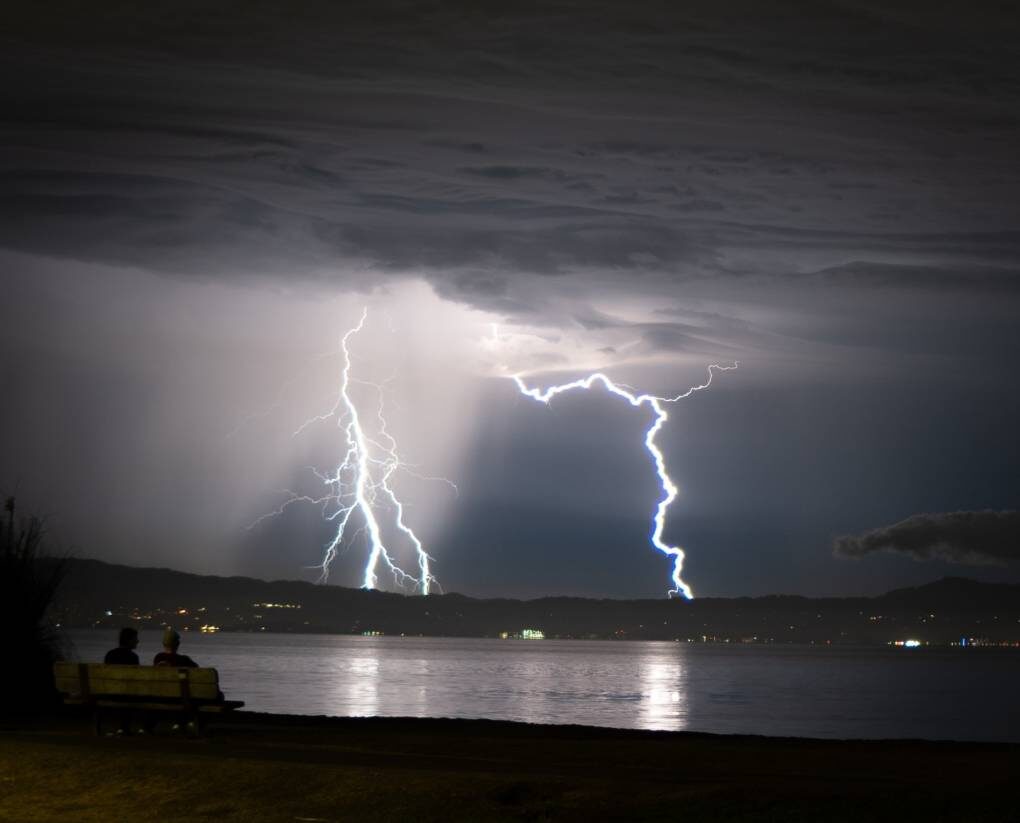
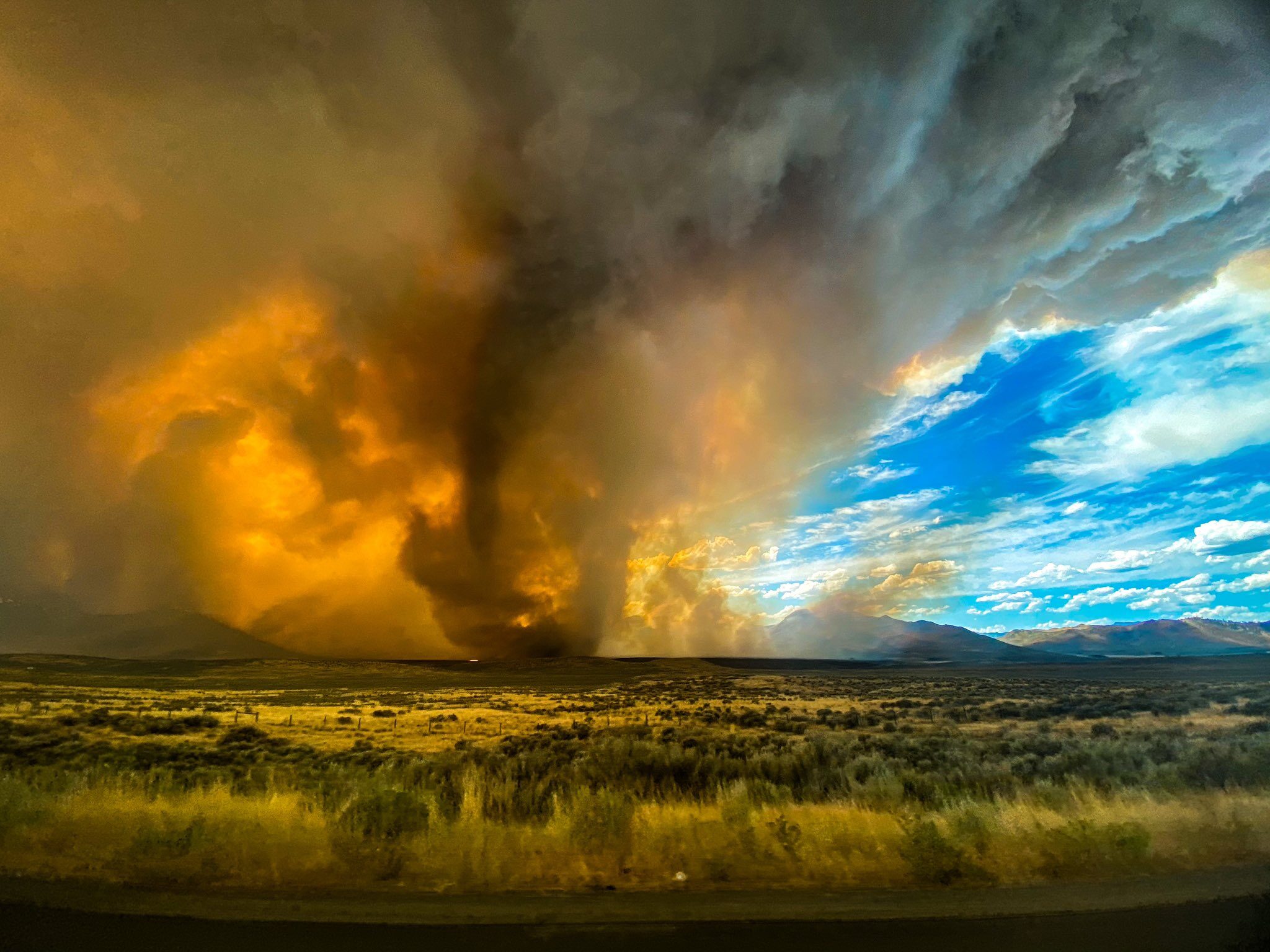
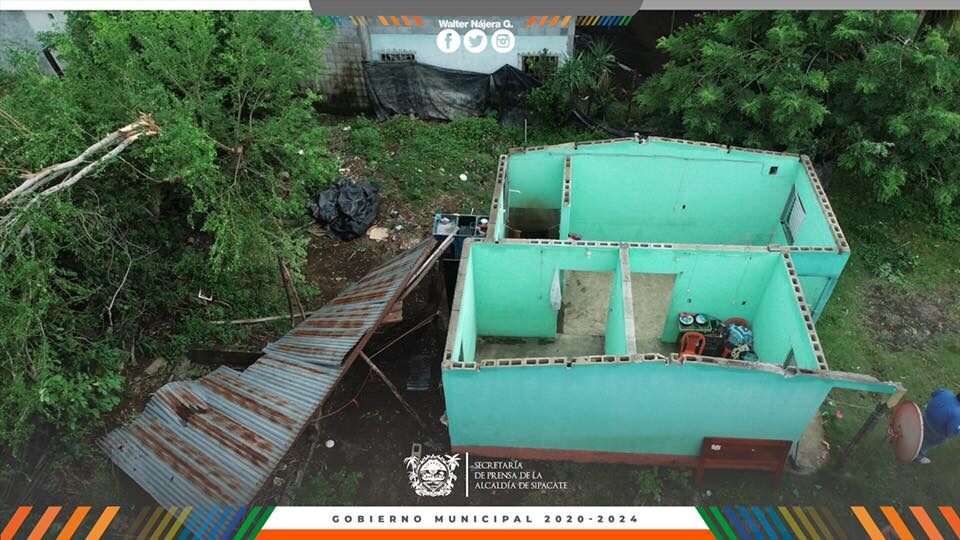



Comment: Powerful derecho storm wreaks havoc across US Midwest leaving 1.1 million without power